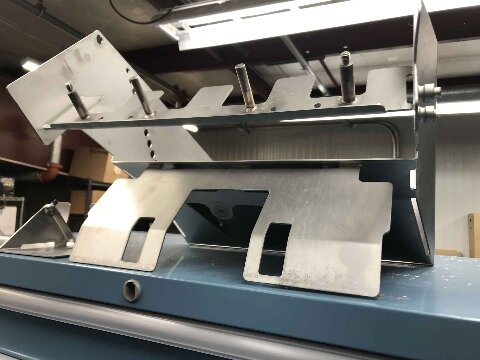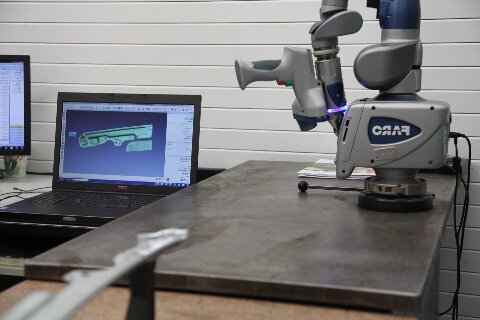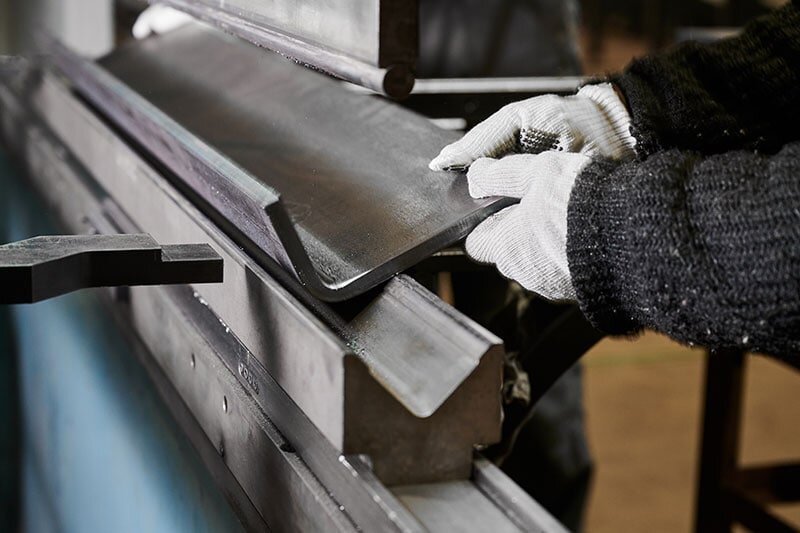Every metal part needs the right surface finish. Poor finishes lead to early corrosion, reduced durability, and rejected parts. The proper finish transforms raw metal into a functional, attractive product that lasts.
Surface finishing makes metal parts perform better and look professional. The right finish prevents rust, enhances durability, and creates an appealing appearance that meets exact product specifications.
Let’s explore the most effective metal finishing methods to help you select the ideal treatment for your next project.
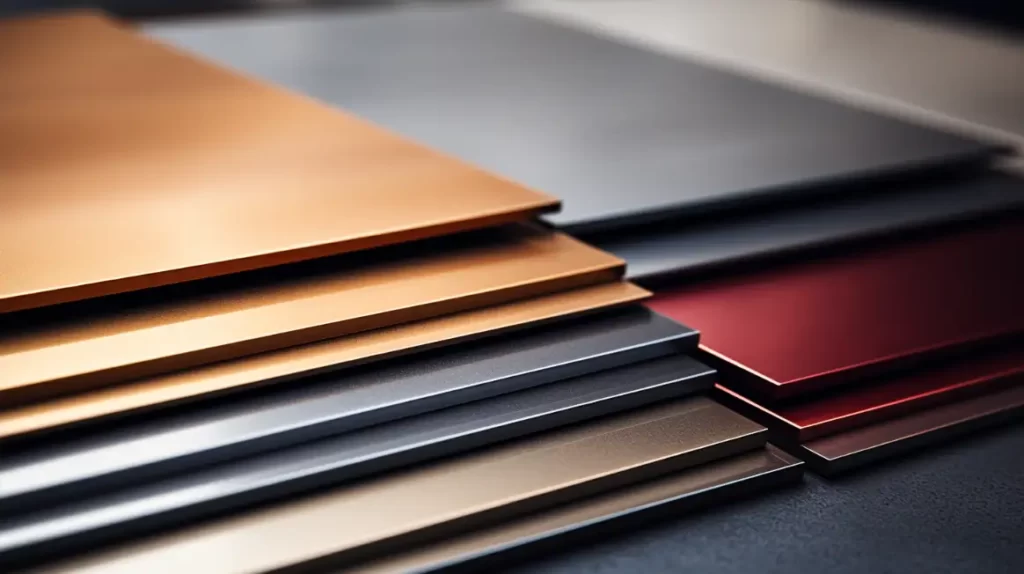
Metal Surface Finishes Basics
Metal surface finishing transforms raw metal components through specialized processes that enhance performance and protection. These techniques create superior products that meet precise industry requirements. Let’s explore the fundamentals of these essential manufacturing techniques.
What Are Metal Surface Finishes?
Metal surface finishing alters metal surfaces through mechanical, chemical, or electrochemical processes. The process involves adding, removing, or reshaping metal surfaces to achieve specific characteristics. Common techniques include grinding, polishing, coating, and plating to improve functional properties and visual appeal.
Importance of Surface Finishes
Surface finishes are vital in numerous industries for several reasons:
- Protection: They provide a barrier against environmental factors like moisture and chemicals, preventing corrosion and wear.
- Functionality: Finishes can enhance electrical conductivity or reduce friction, depending on the application.
- Aesthetics: A well-finished surface improves the visual appeal of products, making them more attractive to consumers.
- Compliance: Many industries have specific standards for surface finishes to ensure safety and performance.
By applying the right finish, manufacturers can ensure their products meet industry standards while enhancing marketability.
How Surface Finishing Enhances Metal Properties
Surface finishing significantly enhances metal properties by:
- Increasing Durability: Processes like hardening and coating make surfaces more resistant to wear and tear.
- Improving Corrosion Resistance: Finishes such as plating and anodizing protect metals from rust and oxidation.
- Enhancing Appearance: Techniques like polishing create smooth, shiny surfaces that are visually appealing.
- Optimizing Functionality: Certain finishes improve properties like conductivity or reduce friction for better performance in specific applications.
Types of Metal Surface Finishes
Metal surface finishes play a vital role in improving the quality and functionality of metal components. Let’s explore different finishing methods and how they enhance performance, durability, and appearance.
Mechanical Finishes
Mechanical processes physically alter metal surfaces through direct contact. These methods create precise textures and enhance material properties. Here are the key processes that deliver accurate, measurable results:
Grinding
Grinding is a mechanical process that uses an abrasive wheel to remove material from a metal surface, resulting in a smooth finish. This technique is commonly used to achieve precise dimensions and improve the surface quality of parts.
Polishing
Polishing involves using abrasives or chemical agents to create a high-gloss, mirror-like finish on metal surfaces. This process enhances metals’ appearance and corrosion resistance, making them popular in food processing and luxury goods manufacturing industries.
Abrasive Blasting
Abrasive or sandblasting uses high-pressure air to propel abrasive materials against a metal surface. This process cleans, polishes, and prepares surfaces by removing rust, paint, and other contaminants. It is widely used for surface preparation before coating or painting.
Shot Peening
Shot peening is a cold working process that involves bombarding a metal surface with spherical media to introduce compressive stresses. This technique enhances fatigue resistance and durability by creating a dimpled surface that improves the metal’s structural integrity.
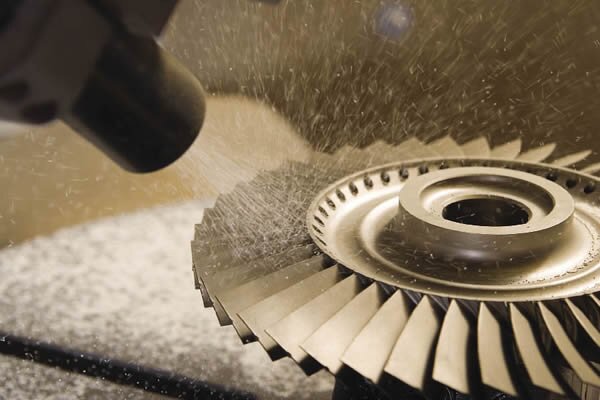
Chemical Finishes
Chemical treatments alter the metal’s surface properties through controlled reactions. These proven methods deliver specific performance benefits:
Passivation
Passivation removes free iron from stainless steel surfaces using a chemical solution, enhancing corrosion resistance by promoting the formation of a protective oxide layer.
Electroplating
Electroplating deposits a thin metallic coating on a substrate through an electrolytic process. This method improves corrosion resistance, wear resistance, and aesthetic appeal using metals like nickel, chromium, and gold.
Anodizing
Anodizing forms an oxide layer on aluminum and other light metals through electrolysis. This layer improves corrosion resistance and can be dyed for aesthetic purposes.
Galvanizing
Galvanizing coats steel with zinc to protect against corrosion. The most common method is hot-dip galvanizing, where steel is dipped into molten zinc to form a protective layer.
Phosphating
Phosphating involves applying a phosphate coating to metals like steel to enhance corrosion resistance and paint adhesion. It creates a crystalline surface that is an excellent base for further coatings.
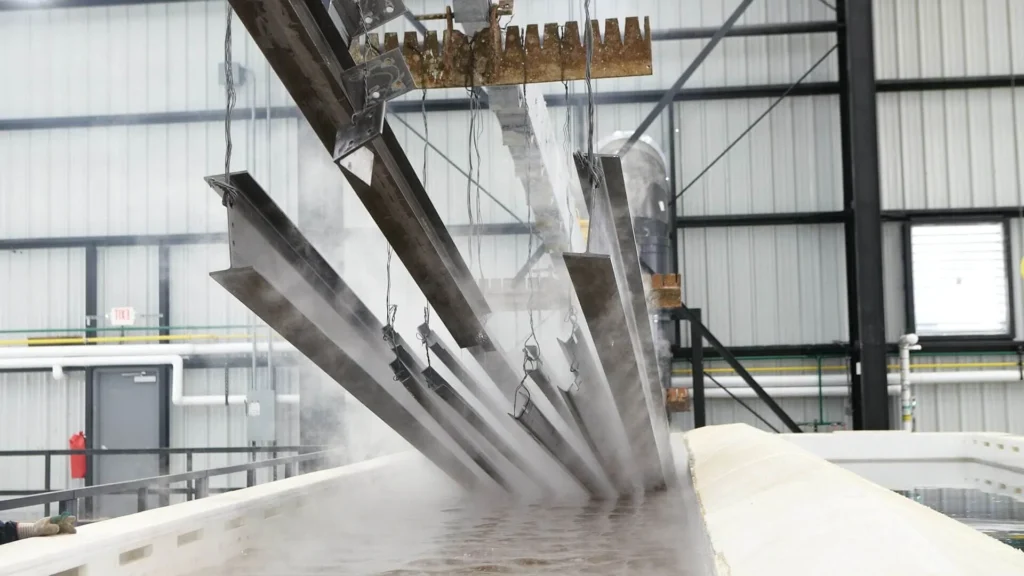
Thermal Finishes
Heat treatment methods fundamentally change metal properties through controlled temperature exposure. These methods target specific material improvements:
Heat Treatment
Heat treatment processes like annealing and quenching alter the physical properties of metals to improve hardness, strength, and flexibility. These treatments are crucial for components subjected to high stress or wear.
Carburizing
Carburizing infuses carbon into the surface of steel parts at high temperatures, increasing hardness while maintaining core toughness. This process is ideal for parts requiring enhanced wear resistance.
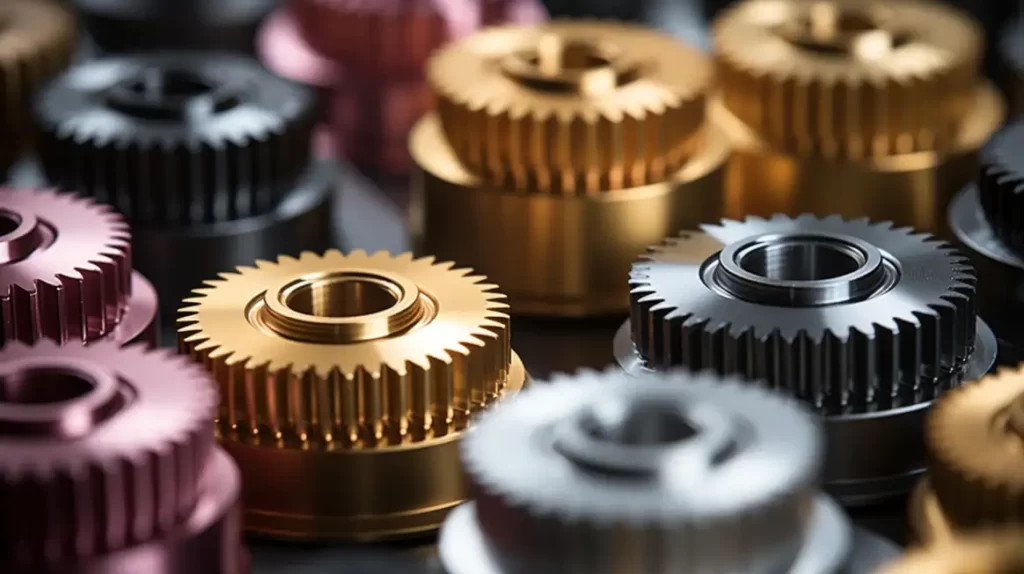
Coatings and Paint Finishes
Applied finishes provide protection and aesthetics. These methods solve multiple surface challenges:
Powder Coating
Powder coating involves applying an electrically charged powder to metal surfaces and curing it under heat. This results in a durable, uniform finish that resists chipping and corrosion.
Liquid Coating
Liquid coating uses traditional paint applied through spraying or brushing to protect and decorate metal surfaces. It offers flexibility in color and finish but may require multiple layers for durability.
Electrostatic Coating
Electrostatic coating applies paint or powder coatings using an electrostatic charge to ensure even coverage and strong adhesion. This method reduces waste and provides long-lasting protection.
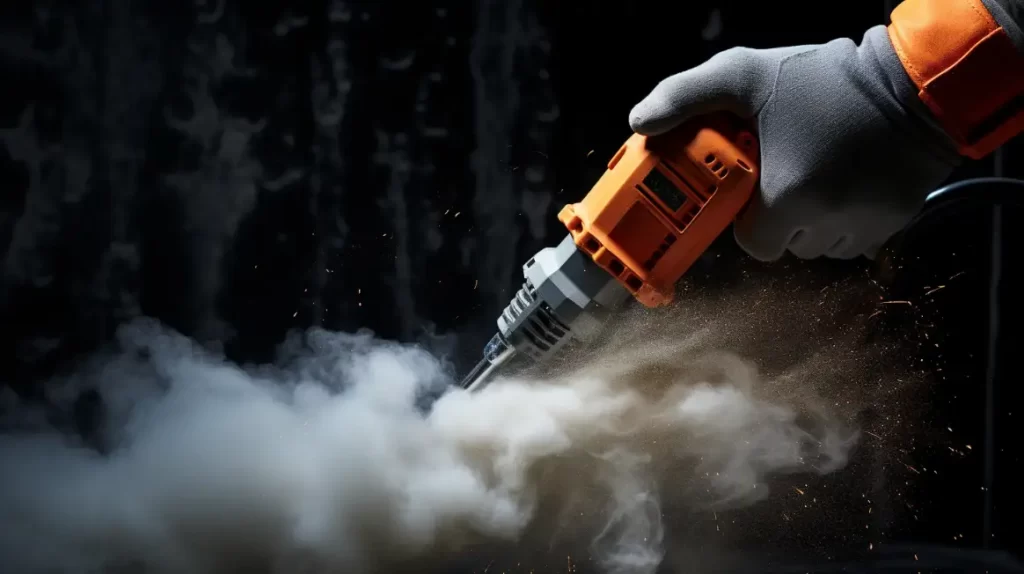
Choosing a Metal Surface Finishing Process: Factors to Consider
Making smart decisions about metal surface finishing impacts quality, costs, and delivery times. Here’s what you need to evaluate for your next project:
Material Type
The type of material significantly impacts the choice of surface finishing. Different metals have unique properties that determine their compatibility with specific finishes:
- Aluminum: Often anodized for corrosion resistance and aesthetic appeal.
- Steel: Commonly galvanized or plated to prevent rust.
- Stainless Steel: Benefits from passivation or electropolishing to enhance corrosion resistance.
- Soft Metals (e.g., Copper): Require gentle processes like polishing to avoid damage.
Understanding the material ensures the finishing process enhances its inherent properties without causing unintended issues.
Speed
The required project timeline plays a critical role in selecting a finishing method. Some processes are faster than others:
- Quick methods: Powder coating and sandblasting are efficient for high-volume projects.
- Slower methods: Hand polishing or lapping may take longer but achieve superior precision.
Balancing speed with quality ensures timely delivery without compromising the finish.
Applications
The intended use and environmental exposure of the component dictate the finishing choice:
- High-stress environments: Protective finishes like galvanizing or anodizing are ideal for durability.
- Aesthetic purposes: Polishing or powder coating enhances the visual appeal of consumer-facing products.
- Specialized needs: Conductive finishes or anti-corrosive coatings suit electronics or marine applications.
Tailoring the finish to the application ensures long-lasting performance.
Cost Considerations
Cost is a crucial factor when choosing a finishing process. Key considerations include:
- Material costs: Processes like anodizing may require more expensive materials.
- Labor intensity: Manual techniques like polishing are labor-intensive and costly.
- Batch size: Automated methods (e.g., powder coating) are cost-effective for large volumes.
- Maintenance and lifespan: Durable finishes reduce long-term maintenance costs.
Balancing budget constraints with functional and aesthetic requirements helps achieve cost-efficiency without sacrificing quality.
Conclusion
Metal surface finishing transforms ordinary components into high-performing, durable products. The right finish protects your investment while meeting precise specifications for your application.
Ready to enhance your metal components? Contact our team to discuss your finishing needs and discover how we can help optimize your metal components for maximum performance and value.
Hey, I'm Kevin Lee

For the past 10 years, I’ve been immersed in various forms of sheet metal fabrication, sharing cool insights here from my experiences across diverse workshops.
Get in touch

Kevin Lee
I have over ten years of professional experience in sheet metal fabrication, specializing in laser cutting, bending, welding, and surface treatment techniques. As the Technical Director at Shengen, I am committed to solving complex manufacturing challenges and driving innovation and quality in each project.

